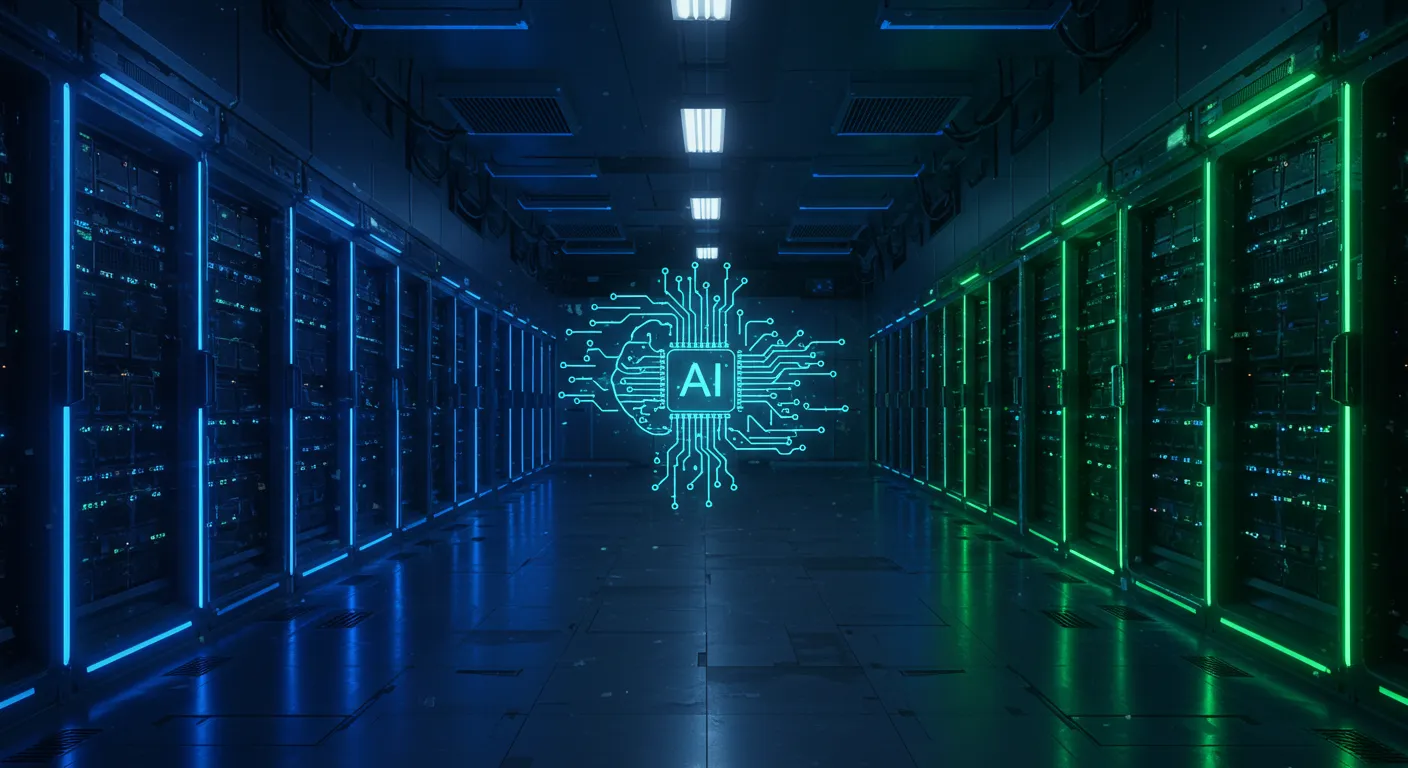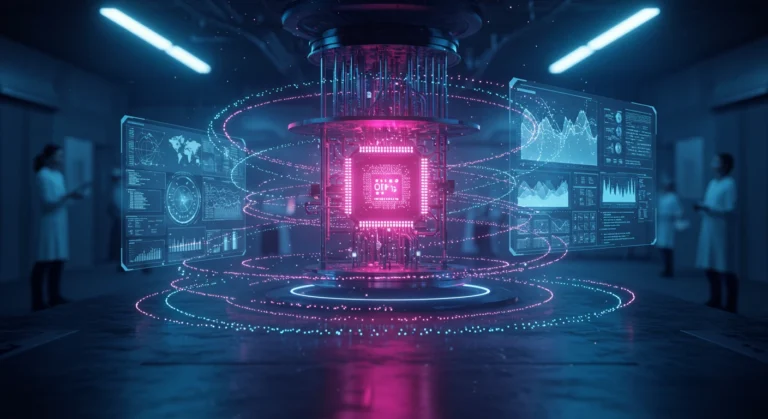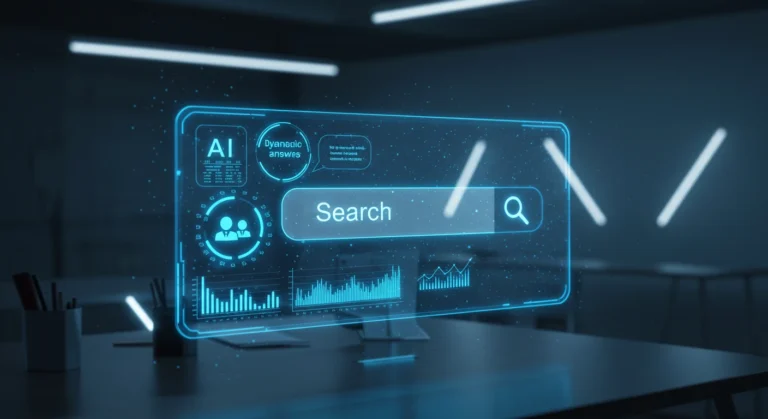What Is AI Optimization (AIO) and Why It Matters
Introduction
Artificial Intelligence (AI) has become the backbone of modern technology, powering everything from search engines to self-driving cars. But behind the scenes, there’s a crucial process that determines whether AI systems perform efficiently or waste resources: AI Optimization (AIO).
In this article, we’ll break down what AI Optimization really means, why it’s becoming critical across industries, and how it impacts businesses, technology, and everyday life.
Table of Contents
1. What Is AI Optimization (AIO)?
AI Optimization (AIO) refers to the process of making artificial intelligence systems faster, smarter, and more efficient.
It’s not just about improving accuracy; it’s about reducing time, energy, and costs while ensuring the AI delivers high-quality results.
Think of AIO as the “tuning” process for AI — similar to fine-tuning a race car engine for peak performance.
2. Key Components of AI Optimization
AI optimization happens at multiple levels:
- Algorithm Optimization: Improving the mathematical models to make them more accurate and efficient.
- Data Optimization: Cleaning, labeling, and structuring data for faster training and better outcomes.
- Hardware Optimization: Using GPUs, TPUs, and specialized chips to process complex tasks faster.
- Energy Optimization: Reducing the carbon footprint of massive AI models through efficient computation.
- Workflow Optimization: Automating repetitive steps in AI development for faster deployment.
3. Why AI Optimization Matters
AI without optimization can be slow, expensive, and unsustainable. For example:
- Training GPT-style models costs millions of dollars in computing power.
- Poorly optimized AI drains energy, raising environmental concerns.
- Businesses face delays if AI systems cannot process data quickly.
Optimization ensures that AI is not only powerful but also scalable, cost-effective, and eco-friendly.
4. Real-World Applications of AIO
AI optimization is everywhere — though you may not see it directly:
- Search Engines: Faster, more accurate results thanks to optimized ranking algorithms.
- Healthcare AI: Quicker diagnosis by optimizing deep learning models.
- Finance: Real-time fraud detection without slowing down transactions.
- E-commerce: Smarter recommendations with reduced processing costs.
- Autonomous Vehicles: Optimized decision-making under split-second conditions.
5. Benefits of AIO for Businesses and Users
- Speed: Faster processing means quicker results.
- Cost Savings: Reduced computing expenses.
- Sustainability: Lower energy usage, greener AI.
- Scalability: Easier to expand AI solutions to millions of users.
- Better User Experience: Seamless interactions without lag or errors.
6. Challenges in AI Optimization
While powerful, AIO faces several hurdles:
- Complexity: Balancing performance with efficiency is difficult.
- Bias in Optimization: Over-optimizing for speed may reduce fairness or accuracy.
- Costs: Specialized hardware and engineers are expensive.
- Rapid Evolution: New AI models often demand re-optimization.
7. The Future of AI Optimization
Looking ahead, AIO will likely focus on:
- Green AI: Minimizing energy consumption.
- Automated Optimization Tools: AI systems optimizing themselves.
- Edge AI Optimization: Running efficient AI on mobile and IoT devices.
- Personalized Optimization: AI tuned to individual user behaviors and needs.
By 2030, optimization could determine which AI companies survive — and which fail.
8. Final Thoughts
AI Optimization (AIO) is the unsung hero of artificial intelligence. Without it, AI would be too slow, expensive, and energy-hungry to scale.
As industries race to integrate AI, optimization will separate innovators from laggards. For businesses and individuals alike, AIO is not just a technical necessity — it’s a competitive advantage.
📌 Curious about more emerging AI trends?
👉 Explore our full AI insights on Encyclotech.
Stay connected for weekly updates, pins, and expert takes on emerging tech.
→ Twitter | Pinterest | Bluesky | Medium







